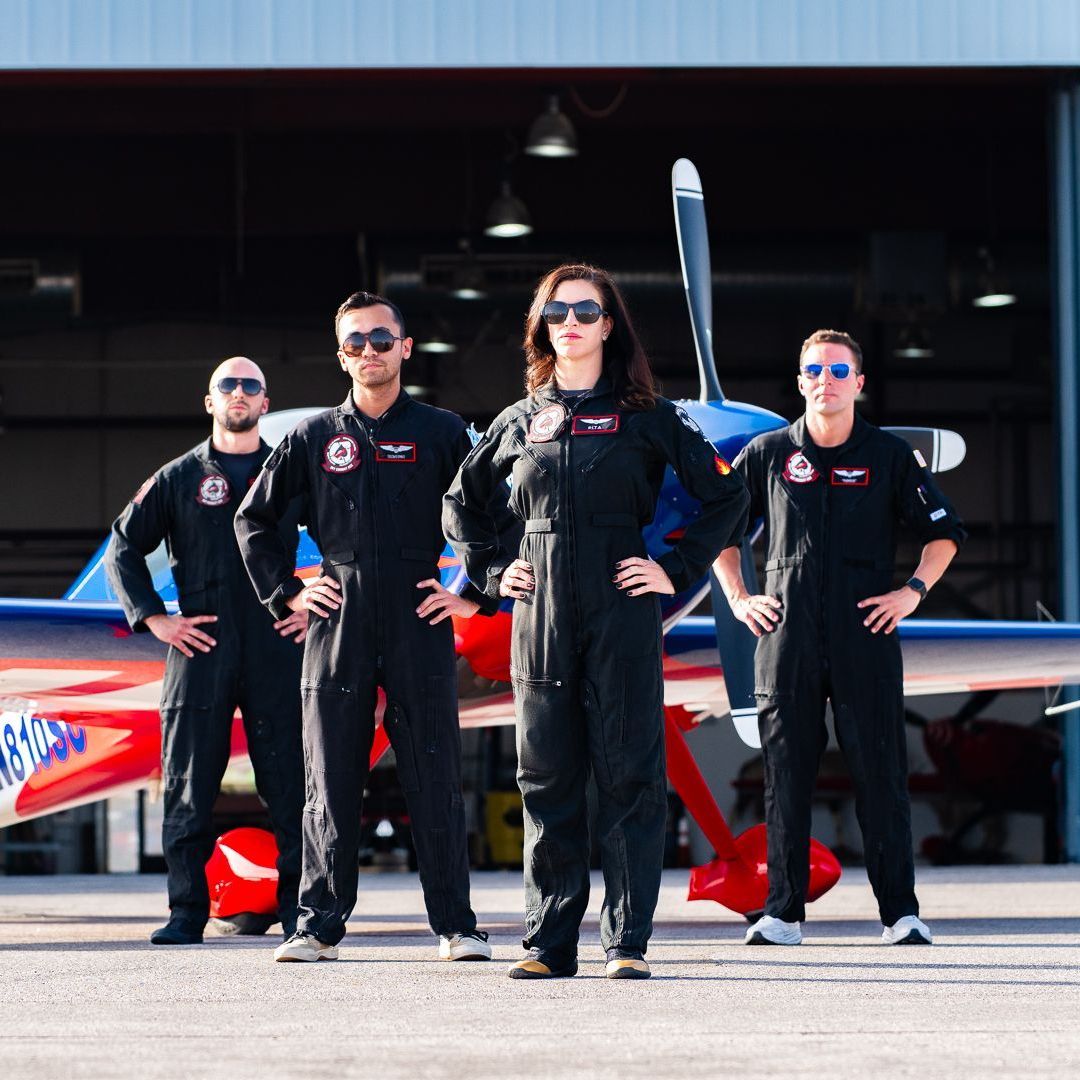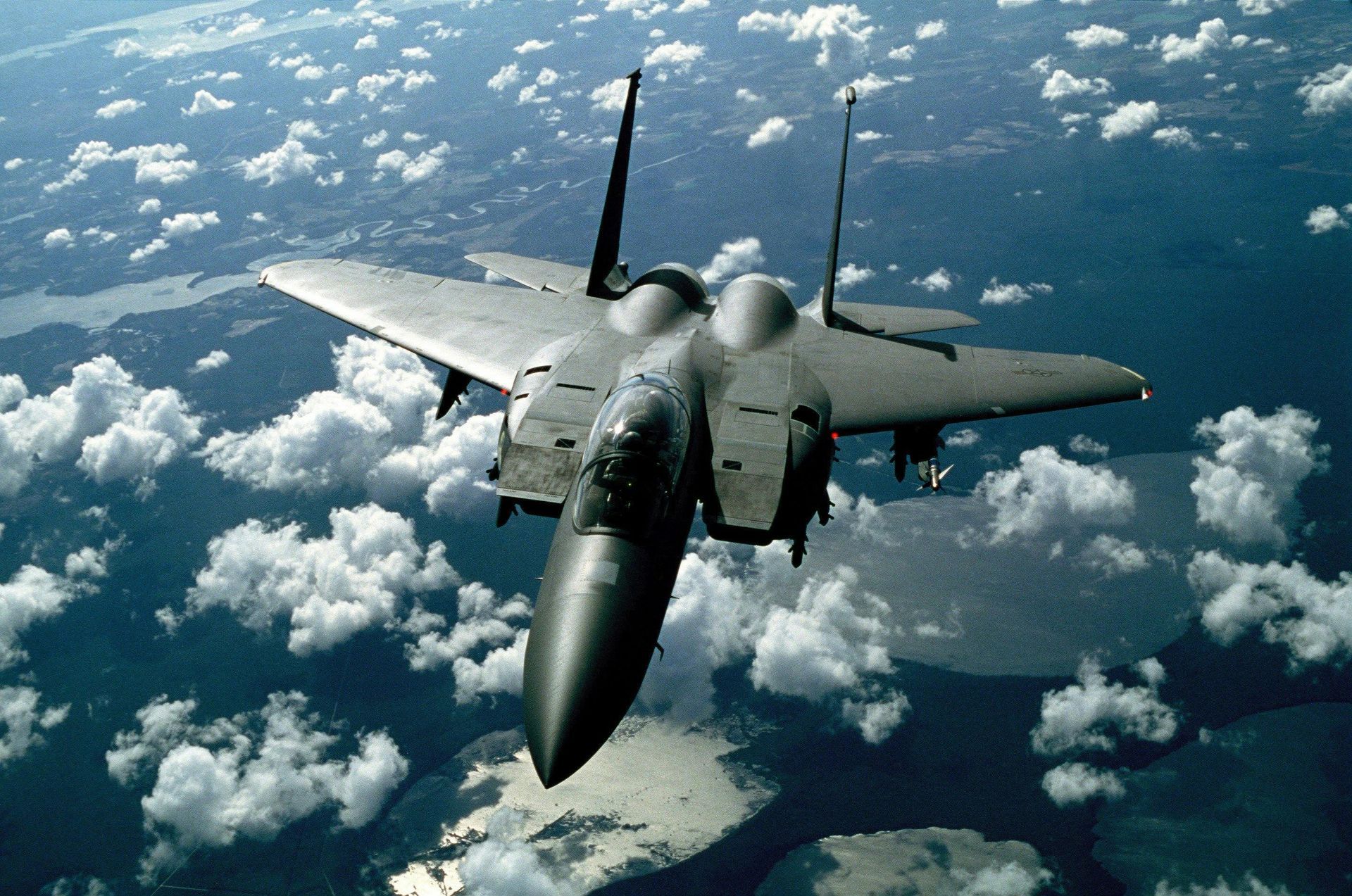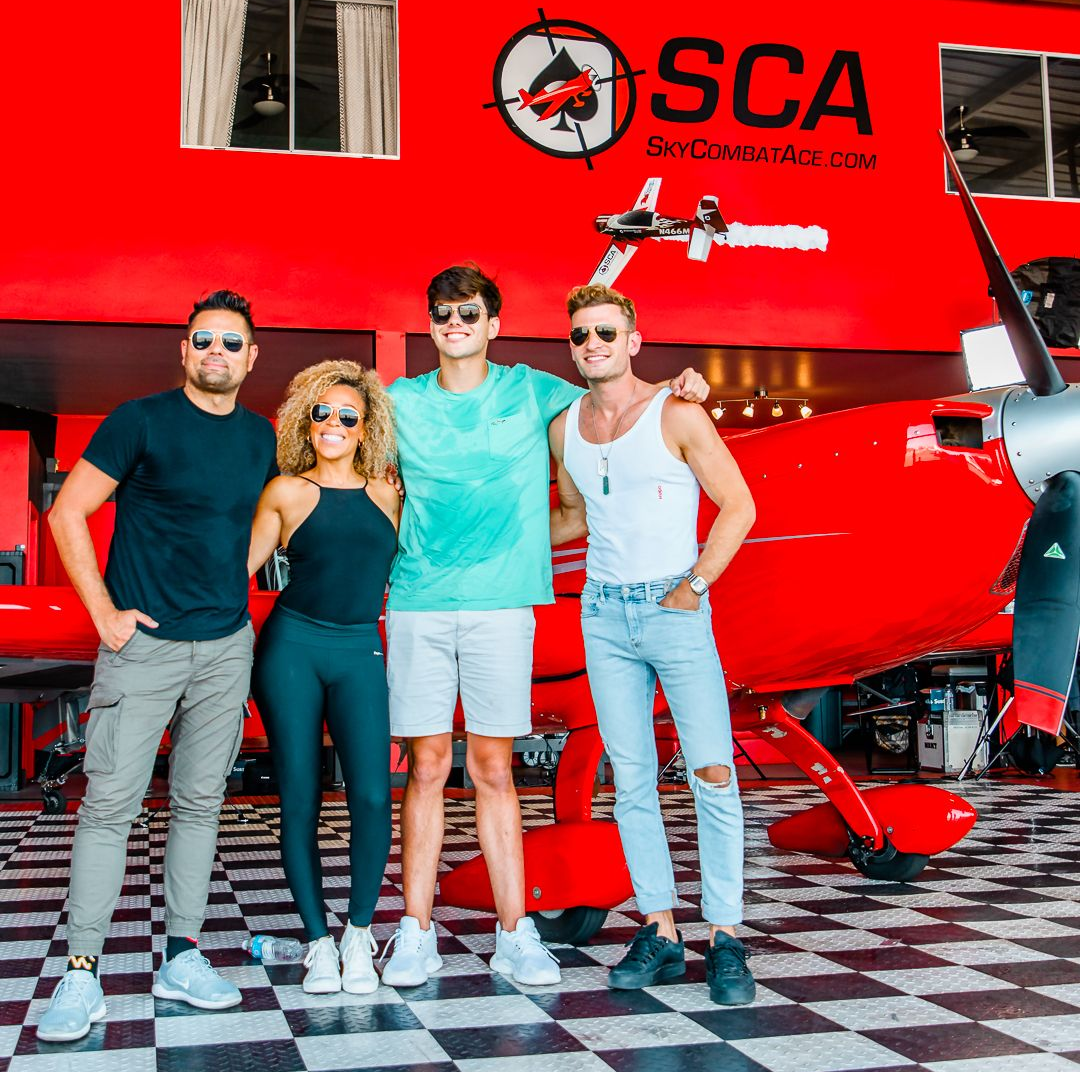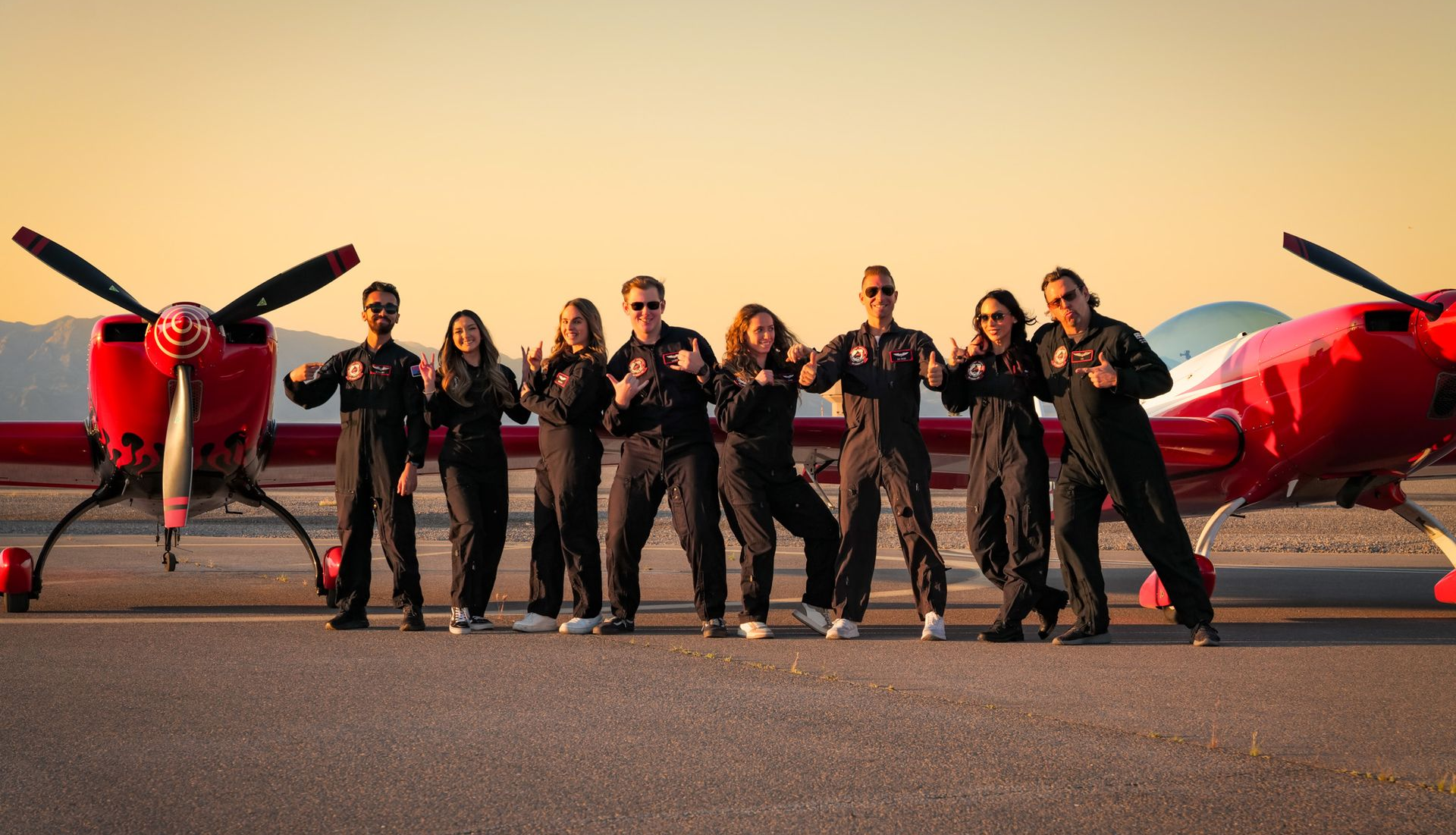What's the Difference Between Biplanes and Monoplanes?
SHARE THIS POST:
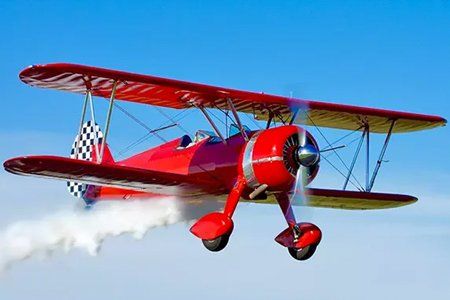
Comparing Monoplane and Biplane Capabilities and Functionality
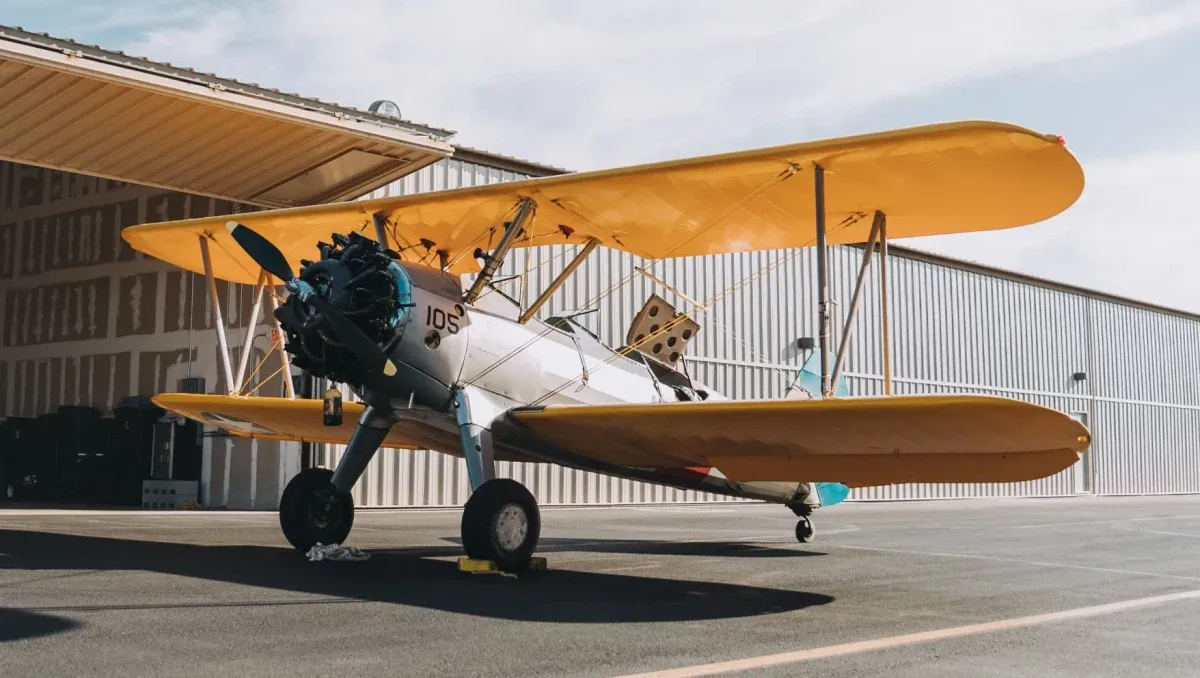
Biplanes and monoplanes both have their place in aviation history. In fact, the Wright brother's famous first flight in The Wright Flyer biplane in 1903 was the first successful powered flight on record. But what is the difference, and why choose one over the other? Our experienced aviation experts explain monoplane vs. biplane.
What Is a Monoplane and a Biplane?
Biplanes were the first type of aircraft built. However, as technology and aircraft design improved, monoplanes became more popular. Today, most new aircraft are designed as monoplanes.
Simply put, a biplane has two sets of wings stacked on top of each other. A monoplane is a more modern design and features just one set of wings. Although biplanes have a traditional aesthetic and vintage look, they still provide lightweight structure and dynamic flying capabilities.
Why Did the Transition of Biplane Into Monoplane Occur?
Aviation pioneers have always worked hard to design aircraft that outperform their predecessors. The biplane allowed for a solid structure without adding too much weight. Biplane wings were composed of lighter materials and made to brace each other. However, as engines improved and speed increased, biplane wings created a drag on the aircraft.
The challenge was creating a lightweight yet strong structure that could deliver speed and agility, and monoplanes showed potential for a more aerodynamic design. Engineers were able to achieve that with the Santos-Dumont Demoiselle, the first monoplane produced in 1907. Then, the first monoplane fighter, the German-made Fokker Eindecker, was used during WWI.
Biplanes remained the most popular aircraft choice until the 1930s. However, most military aircraft built during WWII were monoplanes, cementing the transition from biplane to monoplane.
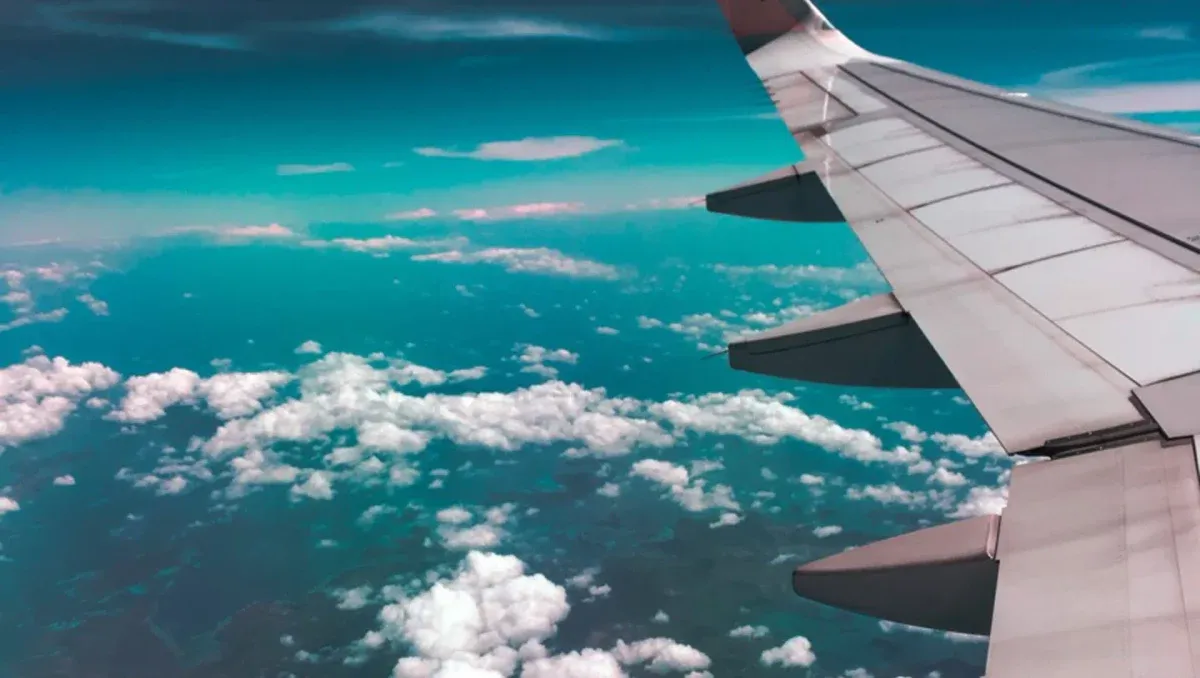
Are Monoplanes More Efficient Than Biplanes?
Both monoplane and biplane wings create lift. All wings have an airfoil shape, which causes air to speed up as it moves over the top of the airfoil. This process creates an area of low pressure above the wing, resulting in lift.
The airflow between the two biplane wings is disturbed by the stacked design, causing the wings to be less efficient when it comes to aerodynamics. The struts between the biplane wings also create a drag on the aircraft, slowing the biplane down.
However, there are several biplane advantages! Biplanes are commonly used in aerobatics because they have greater maneuverability and usually deliver a faster roll rate than monoplanes. Many pilots also consider a biplane easier to control. You'll notice this if you ever
fly a stunt plane or attend an aerobatic performance with biplanes.
Does a Biplane Have Twice the Lift of a Monoplane?
If you compare a biplane with a 60-foot wingspan to a monoplane with a 60-foot wingspan, you might assume that the biplane, with twice the wing area, would have twice the lift. However, this is not the case. Because of the airflow disruption caused by stacking the wings and the added drag of the second set of wings and struts of a biplane, monoplanes are typically considered more efficient for general flight.
Did Any Biplanes Develop Into Monoplanes?
There are certainly a handful of examples where companies took biplane designs and modified them into monoplanes. But these early monoplanes proved to be less successful and paved the way for the first generation of designed-from-scratch monoplanes.
Stearman - For example, Stearman built over 10,000 Model 75 biplanes. These planes were extremely popular and used to train military aviators. Stearman then created several X-90 monoplanes, which the US Army Air Force evaluated in the 1940s.- Boeing Monomail - Boeing's first aircraft was a 1916 biplane. In 1930, Boeing created the Monomail, a metal monoplane.
- De Havilland - De Havilland began by building famous biplanes such as the Gipsy Moth and Tiger Moth. By the 1930s, de Havilland was designing monoplanes such as the Mosquito and the Hornet fighter.
Did Any Airforce Use Biplanes in WWII?
Some military forces used biplanes during the early days of WWII. Some famous biplanes during that era include:
Polikarpov I-153 Chaika - the Soviets used the Polikarpov I-153 Chaika biplane until its production ended in 1941- Soviet Polikarpov Po-2 - The Soviets also used the Soviet Polikarpov Po-2 throughout WWII
- Gloster Gladiator - The British used the Gloster Gladiator biplane during the beginning of WWII
- Fiat CR42 Falco - Italy used the Fiat CR42 Falco as a night fighter during WWII
- Heinkel He-50 - The German Heinkel He-50 was used as a night ground attack aircraft during WWII
Many WWII airmen were trained using biplanes. Popular biplane military training aircraft included the de Havilland Tiger Moth and the Stearman PT-13.
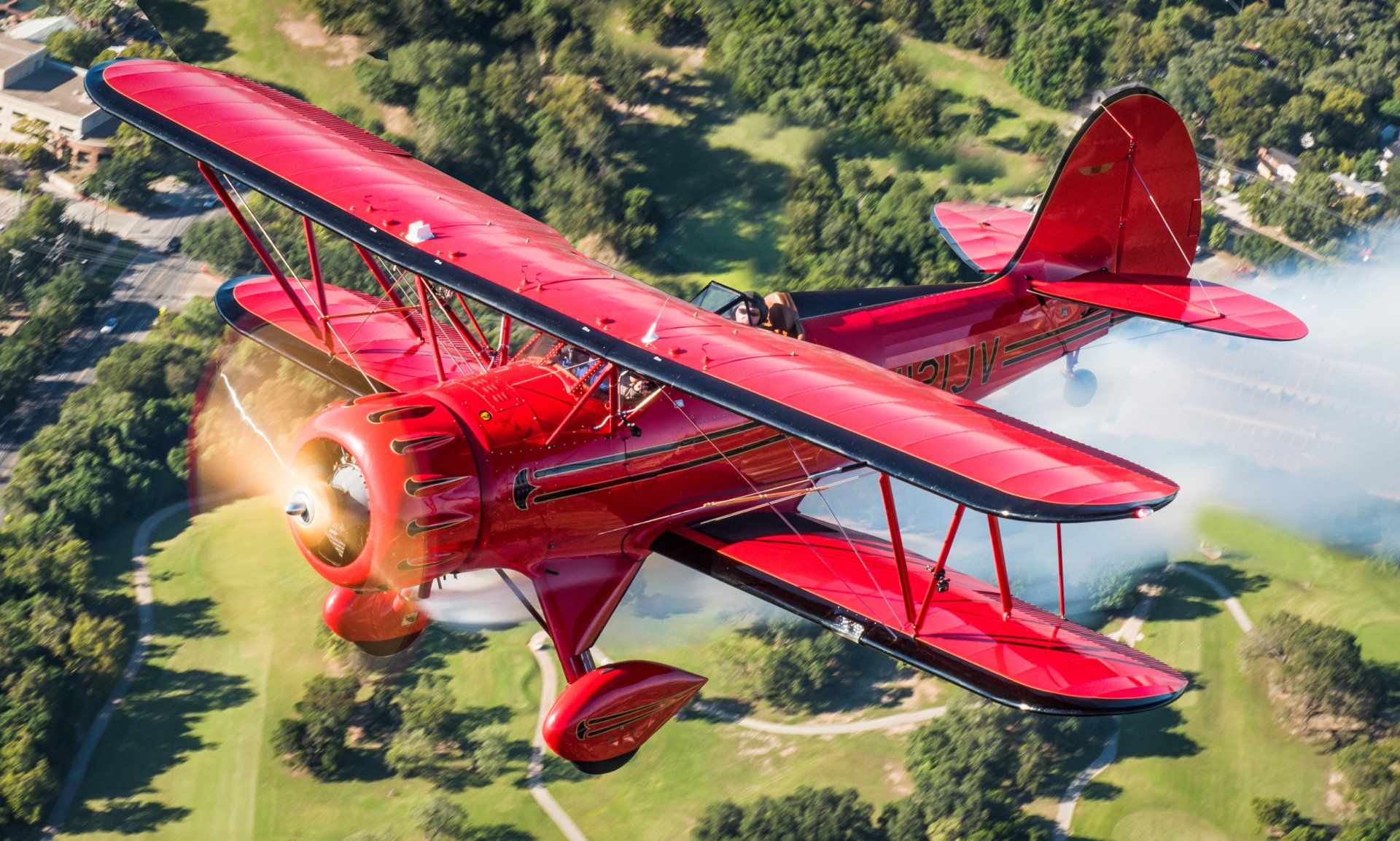
Are Any Biplanes Still Used Today?
Modern biplanes are still widely used in aerobatic and stunt plane shows today. Also, history lovers and traditionalists often keep various biplane models in top condition and offer rides or opportunities to fly a plane with historical value. Open cockpit biplanes offer a nostalgic and romantic setting that's perfect for special occasions.
Overall, both biplanes and monoplanes have unique characteristics that make them best for certain flying scenarios. If you'd like to learn more about our plane rides, and how you can book one of our flying experiences,
contact the Sky Combat Ace team today!
The Afterburner
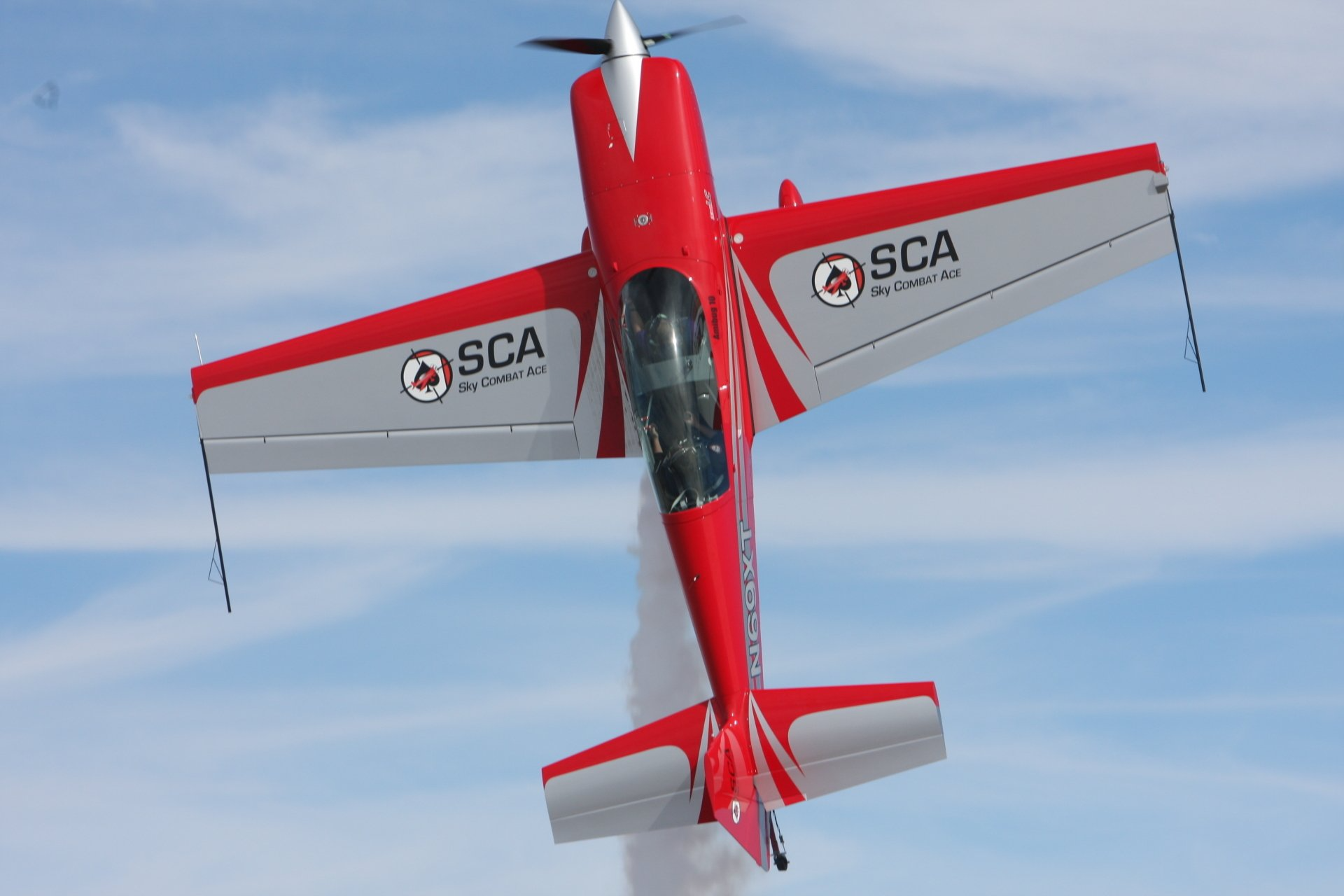
YOU GET TO FLY THE MANEUVERS
Why ride along when you can fly your own airshow routine…? Featuring both basic and advanced aerobatics, you take the controls and become your very own airshow pilot.
Sky Combat
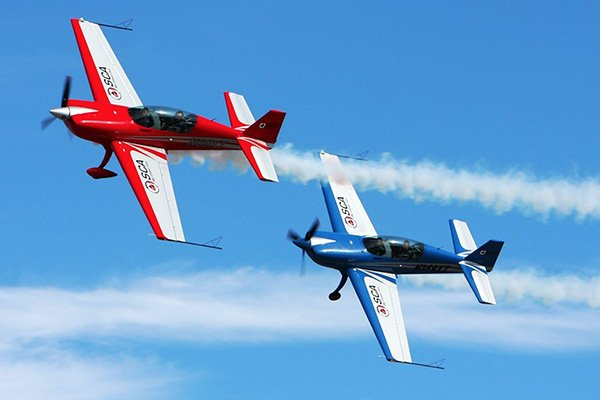
LASER TAG IN THE SKY!
Experience the thrill of air-to-air combat as you wage a battle for aerial dominance where there can be only one victor. YOU fly the plane with a trained SCA fighter pilot.
Top Gun
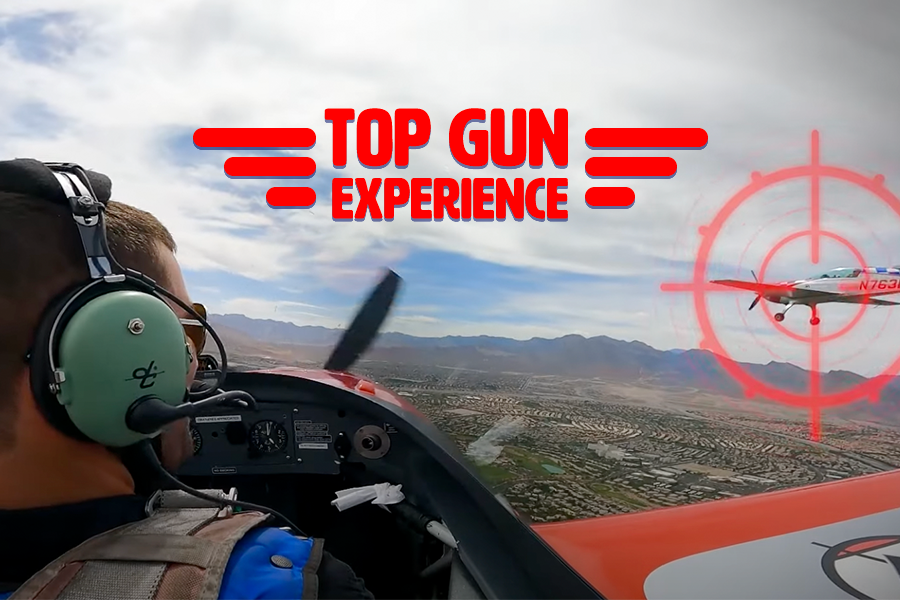
FLY LIKE A TOP GUN PILOT!
If you want to experience the most amazing, butt kicking, extreme adventure of a lifetime, then look no further than our Top Gun package!
Operation Recon
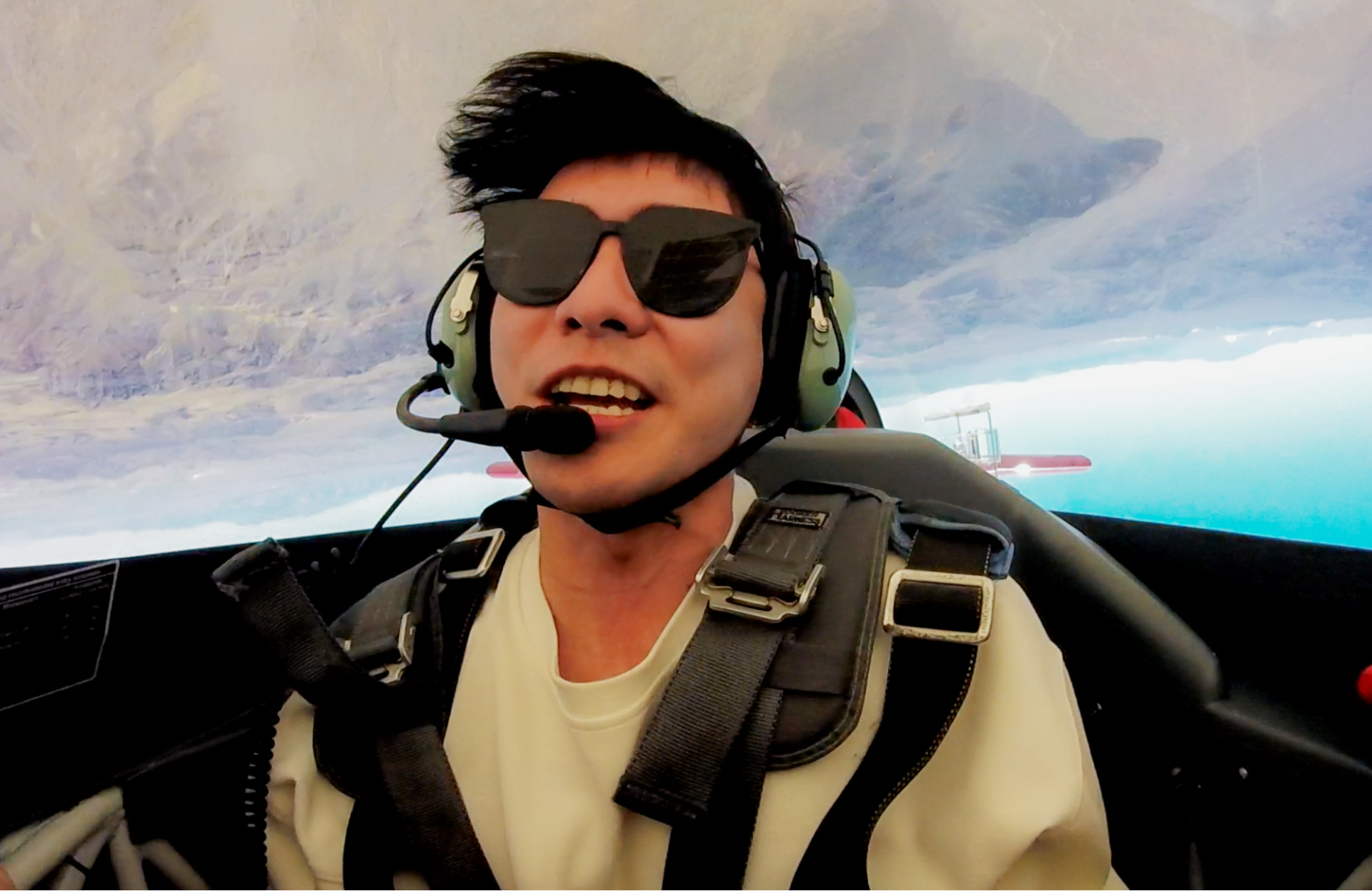
WE FLY THE MANEUVERS
Appropriate for the whole family, this is a great way to be introduced to the world of basic aerobatics. Think of it as a roller coaster without the rails.
Check These Out Next:
Fly A Real Stunt Plane!
Sky Combat Ace was created by a U.S. Air Force veteran fighter pilot who wanted to make the thrill of flying fighter jets available to anyone who feels the need for speed.
Learn to fly a stunt plane under the supervision of our highly trained, FAA certified flight instructors. No experience necessary and YOU get to fly the plane!
